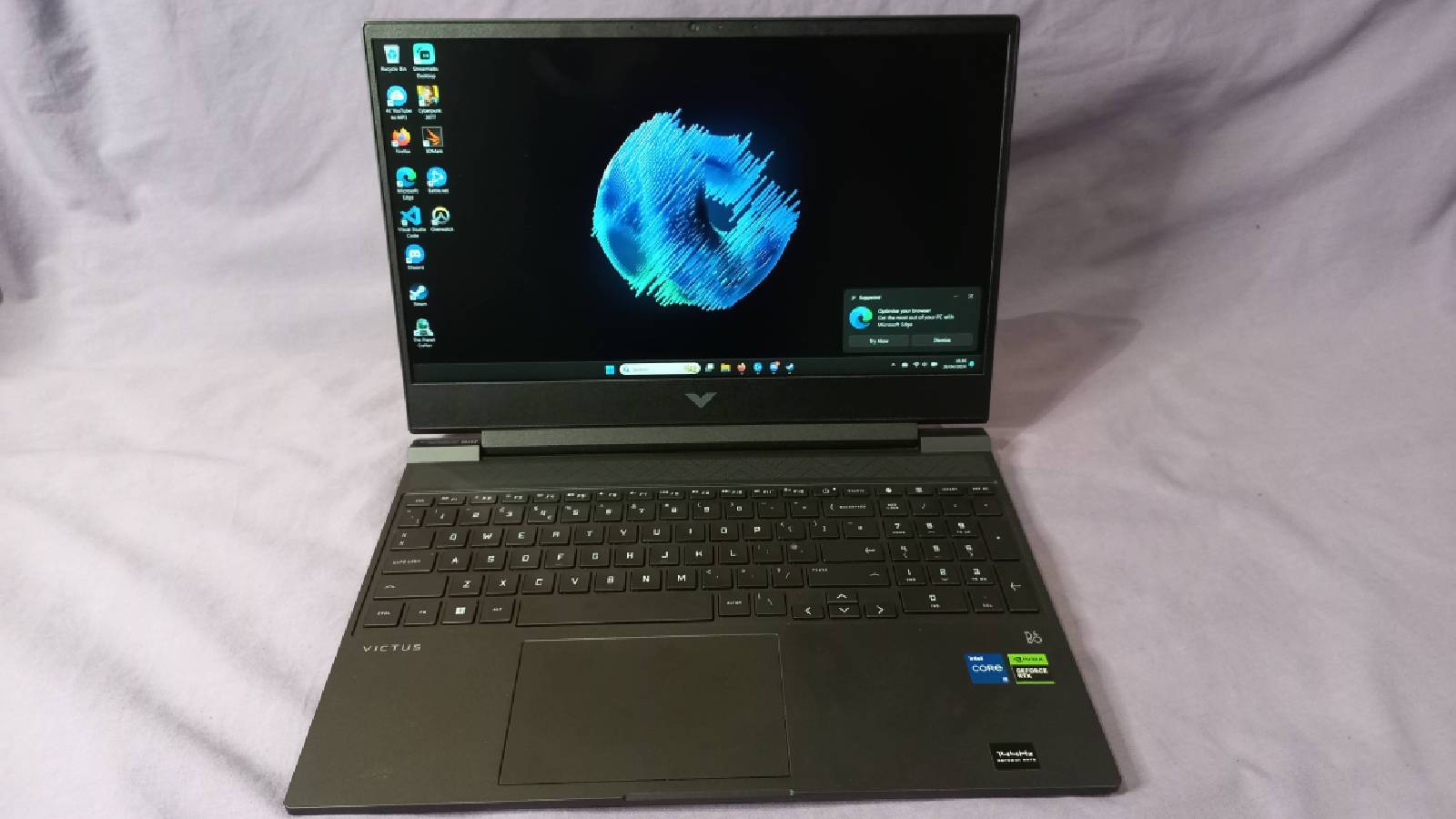How to set up a Sudo password on Steam Deck

Wondering how to set up a Steam Deck Sudo password? When discussing the wild world of Linux, consider your Sudo password your skeleton key. It is your entryway to unlocking the true potential of your Steam Deck.
Windows and macOS have versions of “Sudo” passwords, but Linux takes a slightly different approach. You’ll need to request this from your PC directly for all modifications to the Steam Deck, or for the Steam Deck OLED.
Consider it a way to turn on the ‘run as administrator’ function; instead of a simple button click, you get the full controls – the master key is the Steam Deck’s proverbial OS kingdom.
Tinkering with Linux’s administrative end is not for the faint of heart. While messing things up is not easy, this isn’t a walk in the park either. That’s why your terminal frequently gives you a nudge, asking for your Sudo password.
So, remember that once you take this plunge, there’s little room for error. Remember Uncle Ben’s advice to Spider-Man: With great power comes great responsibility.
Setting a Sudo password on Steam Deck
- Switch to desktop mode
- Select the Steam Deck icon on the toolbar
- Navigate to the search bar
- Search for ‘Konsole’
- Open the Konsole app and type ‘passwd’
- Type in your preferred password
First, head into desktop mode if you haven’t already. To do so, go to Power, then Desktop mode in the Steam button menu. Once loaded in, enter the menu on the taskbar and find Konsole. This will load up a terminal page.
Accessing desktop mode on the Steam Deck can be a tedious process relying on the touch-screen alone. You can use the Steam Deck keyboard, however, we recommend picking up one of the best Steam Deck docks and connecting a keyboard and mouse to your Valve handheld to make navigation a more streamlined experience.
Now, all you have to do is type passwd. It’ll ask you to input one and make sure you remember it. While Linux can be forgiving when you forget a password, you don’t want to be stuck going through the process.
Sudo password explained
Sudo or superuser do, is essentially the ‘run as administrator’ from Windows, but you have to manually let Linux know that’s what you want to do.
A lot of things you can do on Linux will be locked behind this. Partially for safekeeping, but also to prevent any accidental changes. It’s a handy feature, but the Steam Deck doesn’t initially set up the Linux password to run Sudo applications.
Valve included desktop mode for opening up various features, which the community has latched onto. However, as it uses the Steam gaming mode as the main page, there’s no need to actually set a password. In fact, there’s not even a real user assigned to the desktop environment until you go and change it in the settings.
Things like adding storage, or adding plugins like Decky, will require superuser access. As above, it’s also about security. If you could alter things that Sudo allows just on the fly, you’ll potentially open yourself up to a lot of risks.
However, as doom and gloom as it sounds, there’s no reason to fear Sudo. It’s not like you’re immediately going to open the floodgates, and it’s also vital to unlocking a few features like SSH that can make transferring things between your PC and the Deck much easier.
You’ll be surprised how easy it is to set a password in Linux to begin working on any Steam Deck tasks you might have.
You can see our guides on how to install Good Old Games and Epic Games Store titles to your Steam Deck, as well as how to play your free Amazon Prime Gaming games.



